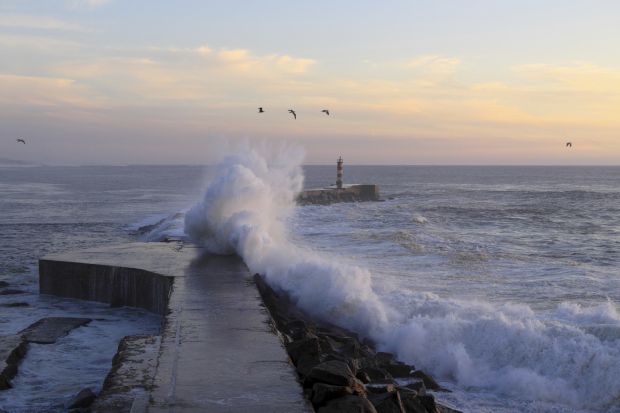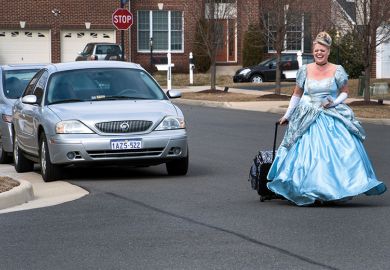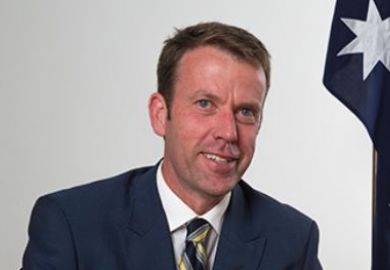The latest reshuffle of Australia’s bureaucracy will help align education and training and add momentum to current reform drives, sector representatives say.
Prime Minister Scott Morrison says the amalgamation of the Department of Education and the Department of Employment, Skills, Small and Family Business would assist in “better integrating the government’s education and skills agenda”.
The merger, announced on 5 December, creates a new Department of Education, Skills and Employment. The small business functions of the skills department are being hived off into a separate super-department which will also oversee industry, innovation, science and energy.
Altogether the changes, which take effect next February, will fold eight existing departments into five new and existing ones. Ministerial arrangements are unlikely to be directly affected, although five departmental secretaries – including the skills department’s Kerri Hartland – are slated to lose their jobs.
Luke Sheehy, executive director of the Australian Technology Network of universities, said the education and training change would energise reforms to the Australian Qualifications Framework and the provider category standards, among other things.
“It puts vocational education in the same department as higher education and schools, which is only good in terms of driving cradle-to-grave reforms,” said Mr Sheehy, a former adviser to Labor education minister Chris Evans and shadow minister Tanya Plibersek.
“We know that nine out of 10 jobs that will be created by 2022 will require either a vocational or higher education qualification. Having those two big portfolios in the same department again really does prime us for the opportunity to look at some tertiary education reform, which was going to be more problematic under the previous arrangements.”
Mr Sheehy said bureaucratic processes were unlikely to be hampered by the sheer size of the new department. “Our tertiary education, school education and workforce needs should be co-located because they’re intrinsically linked. I can’t really see any downside to it,” he said.
Innovative Research Universities executive director Conor King said the change replicated portfolio arrangements under 1980s education minister John Dawkins. “I don’t see that it can do any harm and it might help improve discussions,” he said.
The Independent Tertiary Education Council Australia said placing responsibility for education and skills in the same portfolio would generate “the best opportunity to strengthen the system”.
“The reforms under way require careful planning and implementation,” said chief executive Troy Williams. “It’s challenging work for the public servants and key stakeholders. The hope is that with the education and skills portfolios operating as one, we’ll see a considered and coordinated approach.”
The representative body for public vocational colleges, TAFE Directors Australia (TDA), said the structural changes could deflect from the reform effort. “But we think it’s worth the trade-off,” said chief executive Craig Robertson, a former head of skills policy in the then federal education and training department.
“TDA welcomes the move, especially as integration and pathways grow in importance to unlock productivity through higher-level skills.” He said vocational education had “tended to do better” when it was part of an integrated portfolio under former education ministers Mr Dawkins and Julia Gillard.
Register to continue
Why register?
- Registration is free and only takes a moment
- Once registered, you can read 3 articles a month
- Sign up for our newsletter
Subscribe
Or subscribe for unlimited access to:
- Unlimited access to news, views, insights & reviews
- Digital editions
- Digital access to THE’s university and college rankings analysis
Already registered or a current subscriber?








